Although the cost of purchasing an LMS platform has fallen sharply, other costs must also be taken into account, such as training the teaching team on how to use these new tools. It is a good idea, therefore, to define your goals and expectations in full before investing.
This article will enable you to:
- discover the SAMR model, a method used by trainers to formalize an e-learning strategy;
- determine how to define the goals of an e-learning strategy;
- define the criteria on which to base your choice of LMS.
How to use the SAMR model to create an e-learning strategy?
The SAMR model is a method used by trainers to formalize an e-learning strategy. This technique is particularly useful for teaching teams that wish to give training projects a digital dimension. It can be the first step in your digital transformation!
- Substitution: in this case, the trainer simply replaces a task that was previously carried out on paper by a task carried out in digital form. This could be a quiz to be completed on a smartphone.
- Increase: technology not only makes it possible to replace existing tools but also provides a functional improvement. In concrete terms, for the trainer this means the inclusion of a digital element (such as a video, for example) before the course to present the training goals and organization.
- Modification: this implies redefining the traditional roles of trainers and learners. The learners are no longer passive, there only to accumulate knowledge, but become active learners by creating and sharing content.
- Redefinition: technology creates new tasks that were previously impossible both in terms of form (bringing learners and speakers far apart geographically together in a virtual classroom) and content (using tools to customize a course according to the learner’s profile).
Determining the goals of your e-learning strategy: the right questions to ask
Note: we recommend you create SMART goals that are:
- Specific (to create an e-learning module for a course on office software),
- Measurable (you must define a quantitative goal in precise terms, such as an 80% completion rate for your e-learning courses, for example),
- Action-oriented (what are the first actions to take to create your first e-learning module),
- Realistic (you must set realistic goals that take into account your financial, human and technological resources, etc.),
- Timely (you must set a time limit for achieving your goals. At what point would you like to launch your e-learning training? This will enable you to motive the troops!
We have drawn up a list of questions to ask yourself to help you formalize your e-learning strategy and define the goals.
- What are your resources? What budget can you allocate to the creation of e-learning modules? How many trainers qualified to teach distance courses do you have?
- If you operating within the training department of a company, what training plan has been set up? If, on the other hand, you work within a training company, what does the training catalogue currently offer? To what extent is it possible to integrate e-learning courses?
- What teaching methods would you like to use? Do you plan to create blended courses combining classroom-based and distance learning or would you prefer to produce your first 100% e-learning module?
- Who is your target audience? To what extent is this target audience ‘familiar’ with new technology?
- What content will be distributed? Do you need to adapt classroom-based content for a distance-learning course? Do you need to create new content?
Good to know: don’t hesitate to conduct a study of the competition to compare distance-learning courses already offered by your competitors. Also, the e-learning market is evolving very quickly and it is essential to stay vigilant and evaluate the new e-learning trends.
How to choose an LMS (Learning Management System)?
This choice is part of a more global approach that consists in adopting new technology to begin a veritable digital transformation.
First, we must consider the reasons driving us to choose an e-learning platform.
The technological aspect: an open source or proprietary LMS?
An open source LMS
An ‘open source’ LMS can be used, modified or copied by someone else. Open source software can therefore be easily shared by everyone and the source code can be used by the general public.
While this solution can look appealing on paper, this type of LMS platform is tending to disappear due to the high costs. In effect, when using this type of software, you need to have the necessary human resources capable of developing and maintaining your own IT infrastructure. In addition, your technical teams must be able to host it.
As it relies on a community of developers, the computer code of an open source LMS platform does not belong to anyone. If a problem arises, you will have a hard time designating anyone responsible. Lastly, the integration of certain functionalities cannot be guaranteed as no-one owns the source code and its evolution depends on the ‘goodwill’ of the community of developers and users.
A proprietary LMS
A proprietary LMS belongs to a company, which owns the source code. It is not therefore possible to modify the code or adapt it to your needs.
It is the companies, therefore, who develop the various functionalities according to their own specifications. That said, it is in the interests of companies offering proprietary LMSs to integrate functionalities corresponding to market needs and the regulations in force, as there is dense competition in this market.
Proprietary LMS platforms now propose their solutions in SaaS mode or hosted on the Cloud, thereby lowering their prices. By opting for an LMS platform in SaaS mode, therefore, you are purchasing a service from a software publisher. You don’t have to concern yourself with any material aspects (all you need to do is equip yourself with an Internet connection and workstations) or indeed any technical aspects. The total cost of ownership is therefore lower, which enables you to focus on the essential: creating effective training courses adapted to the needs of your learners.
What functionalities must be included in an LMS?
We have drawn up a non-exhaustive list of the key functionalities that an LMS platform must include:
- Monitoring of learners. You must have access to a tool enabling you to store all the information about your learners along with key indicators concerning them (number of training sessions followed, number of hours of training taken, revenue generated per trainee, etc.)
- Issuance of course completion certificates. The LMS must include a documentary system enabling you to provide the necessary supporting documents concerning the completion of a course.
- Evaluation of the skills acquired. The tool you choose must enable you to generate evaluations before, during and after the course in order to determine the effects of the training and measure learners’ progress.
- Data collection and analysis during your training courses. LMSs increasingly offer functionalities enabling you to evaluate trainees’ performance and measure their rates of success. This information is known as Learning Analytics and enables training providers to adapt the course according to learners’ needs.
Individualization of teaching programmes. LMSs increasingly offer functionalities enabling you to customize training courses according to the learner’s level of expertise and goals. It is therefore possible to create learning activities and e-learning modules according to the specific profile of each learner and to choose where they will take place. This also implies that the learning goals are adapted to each trainee.






